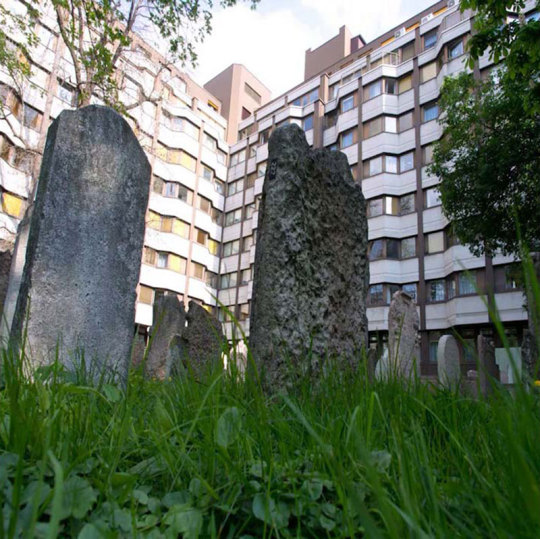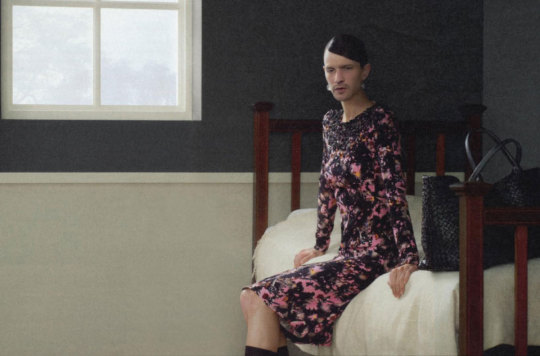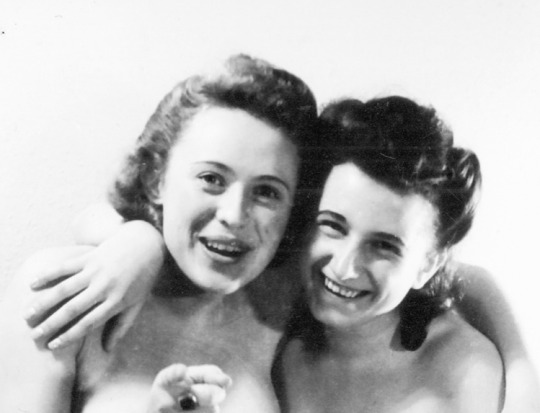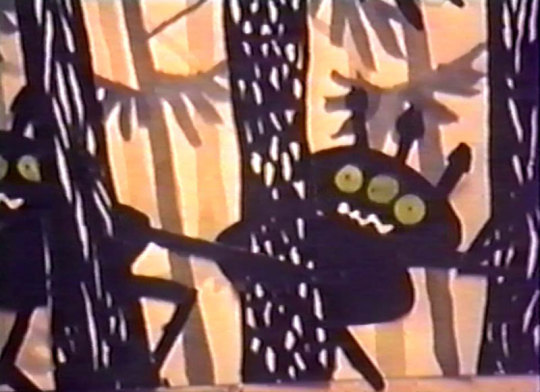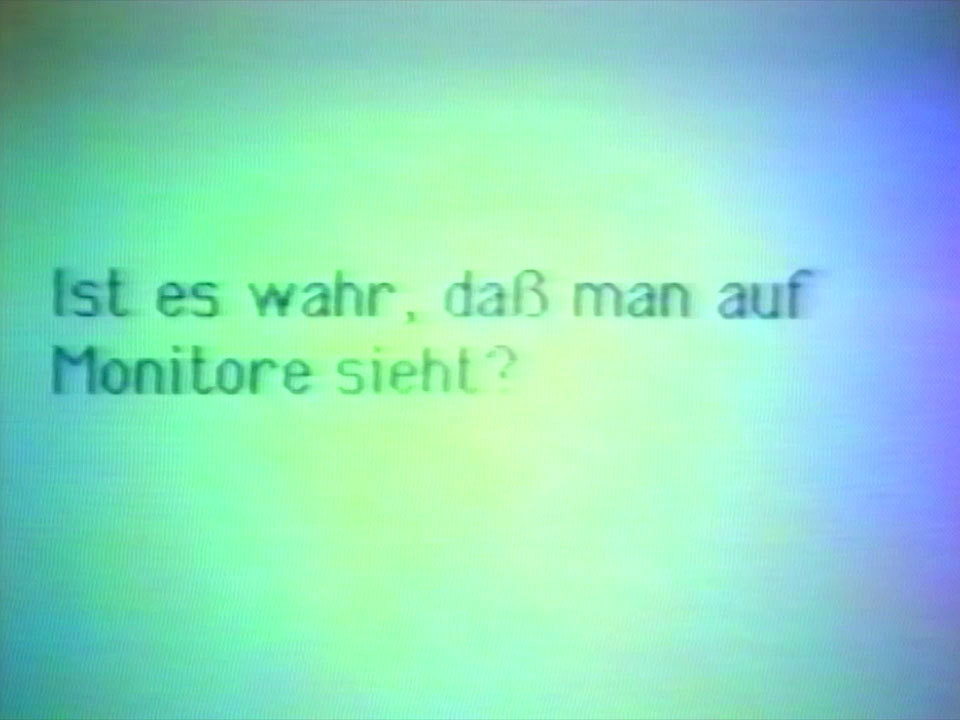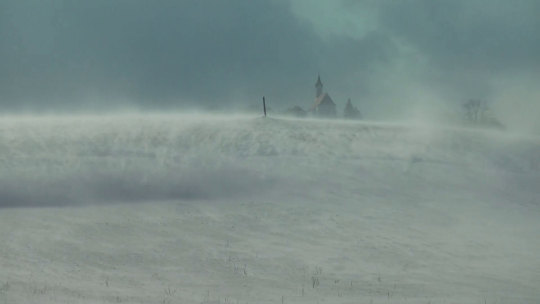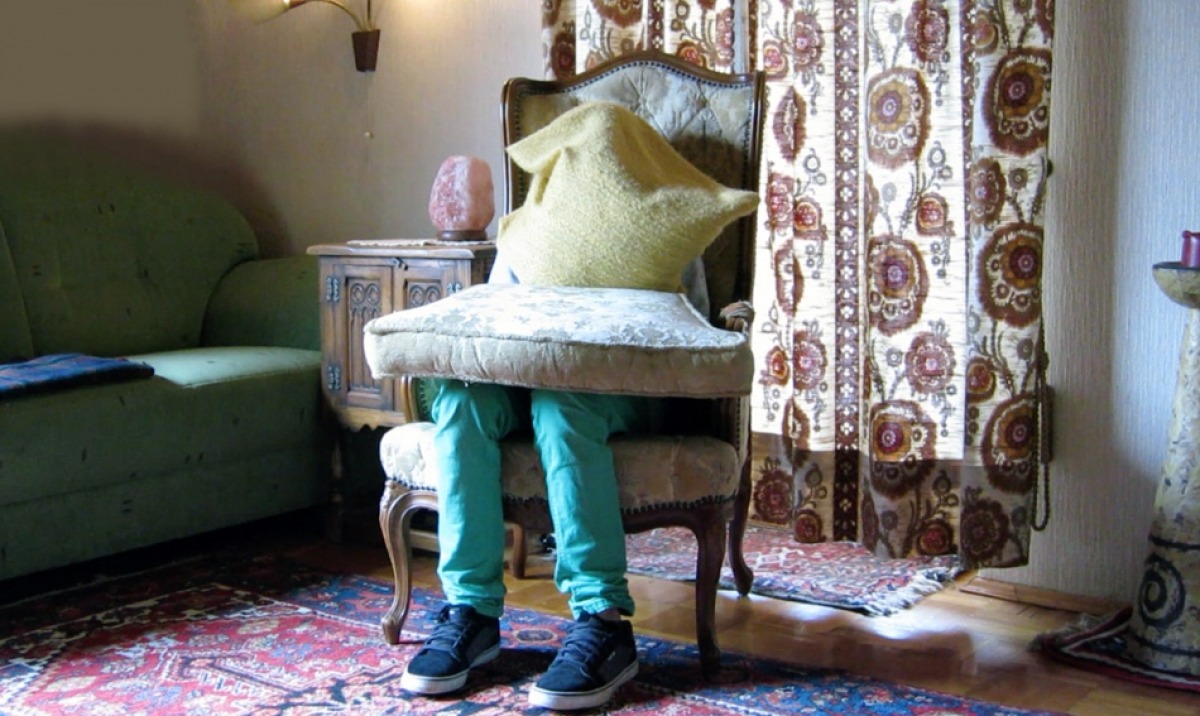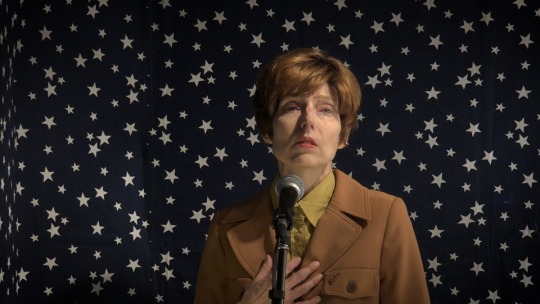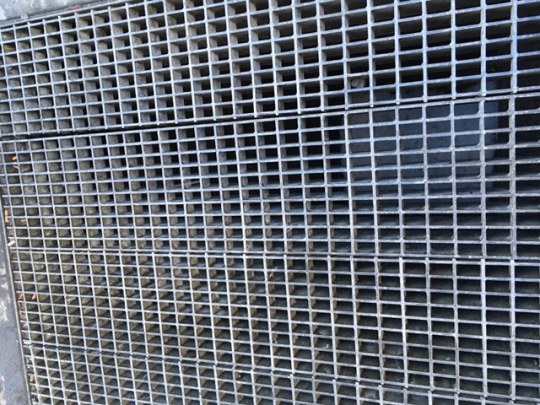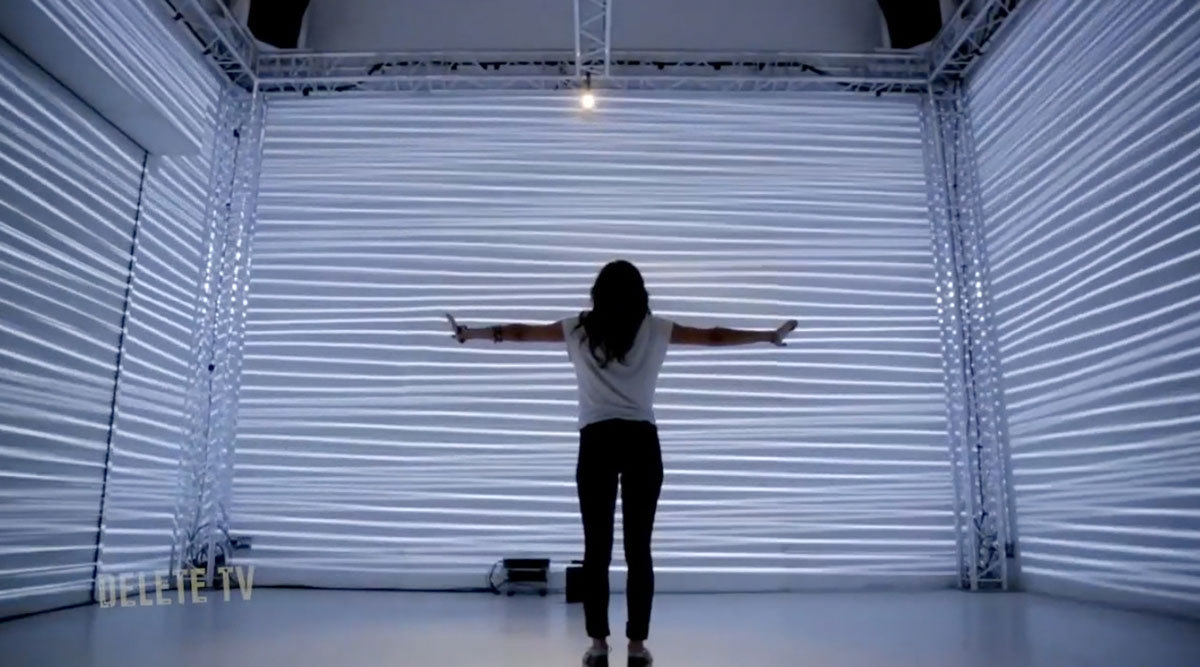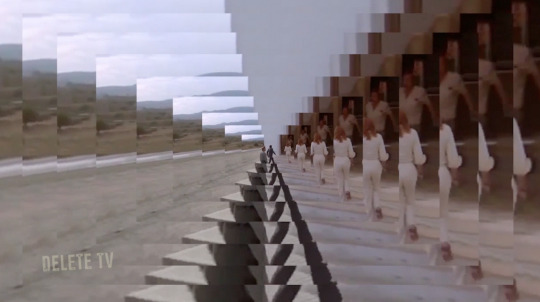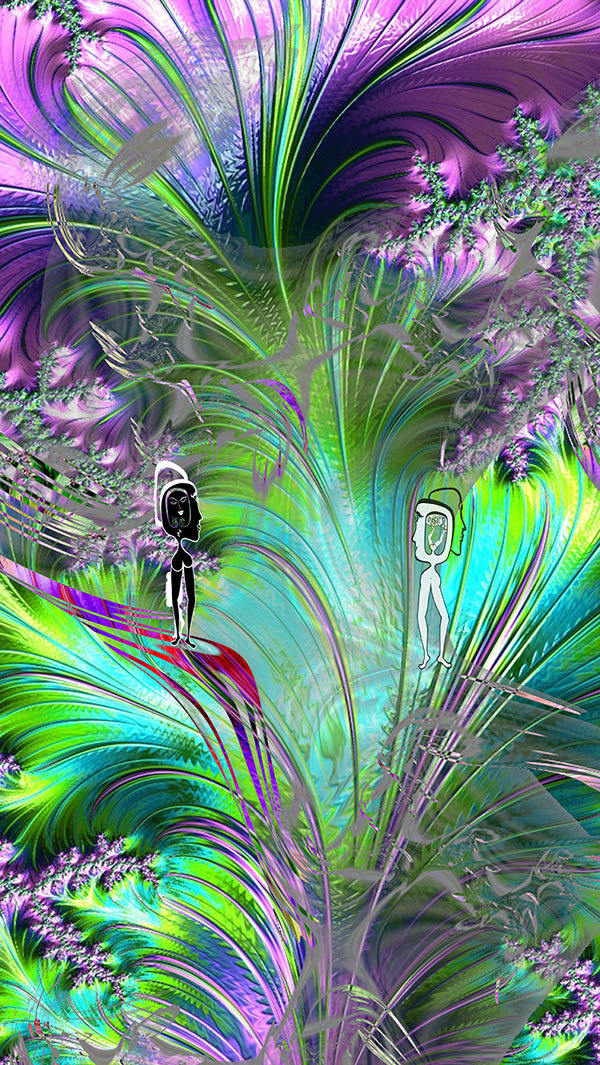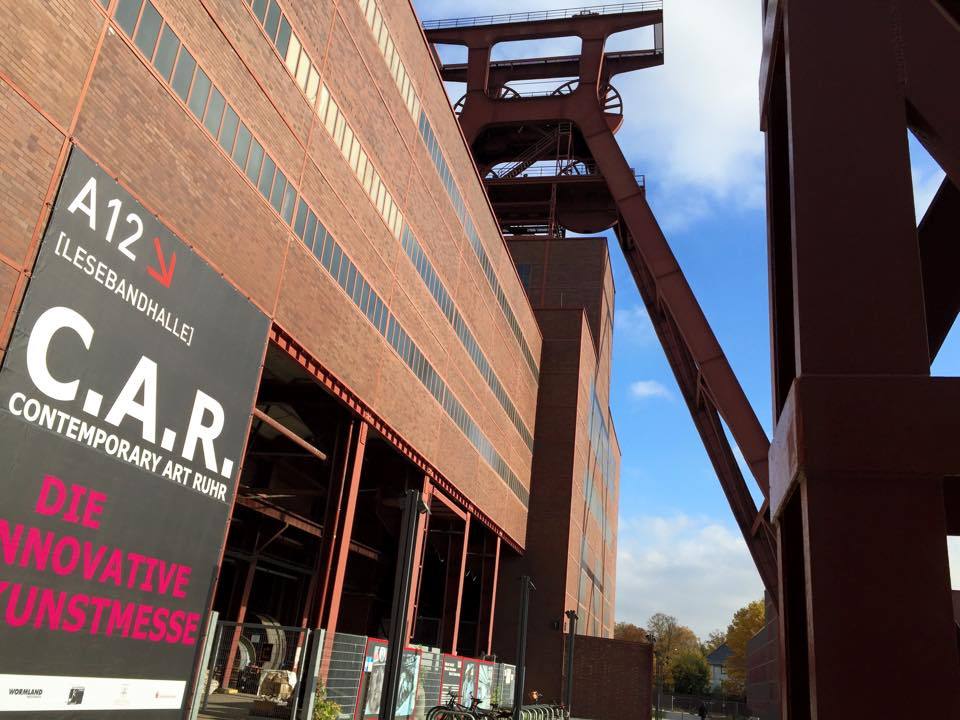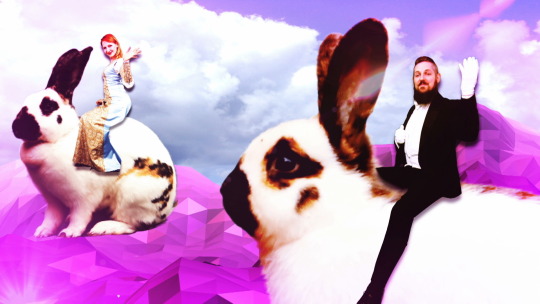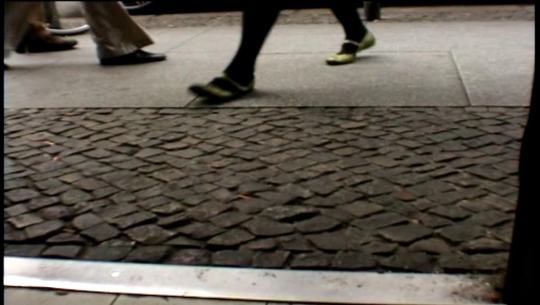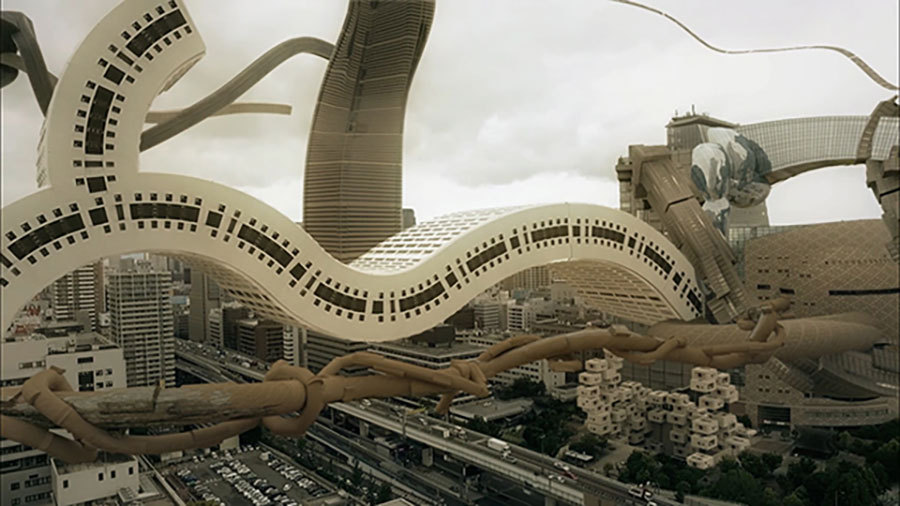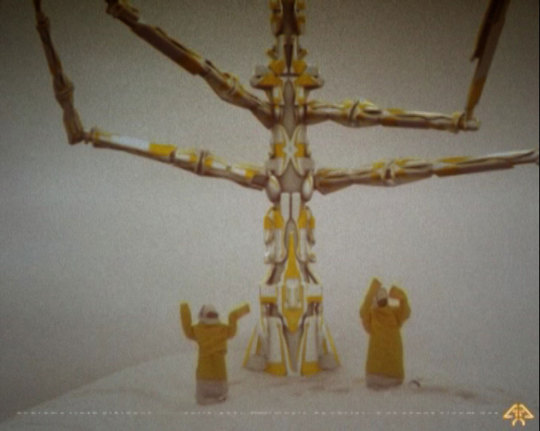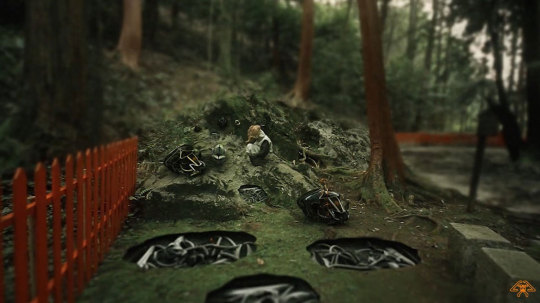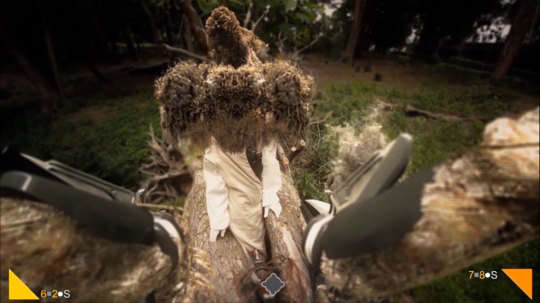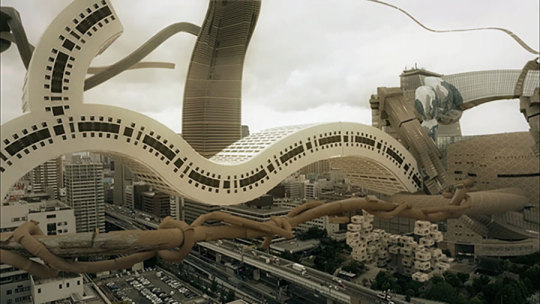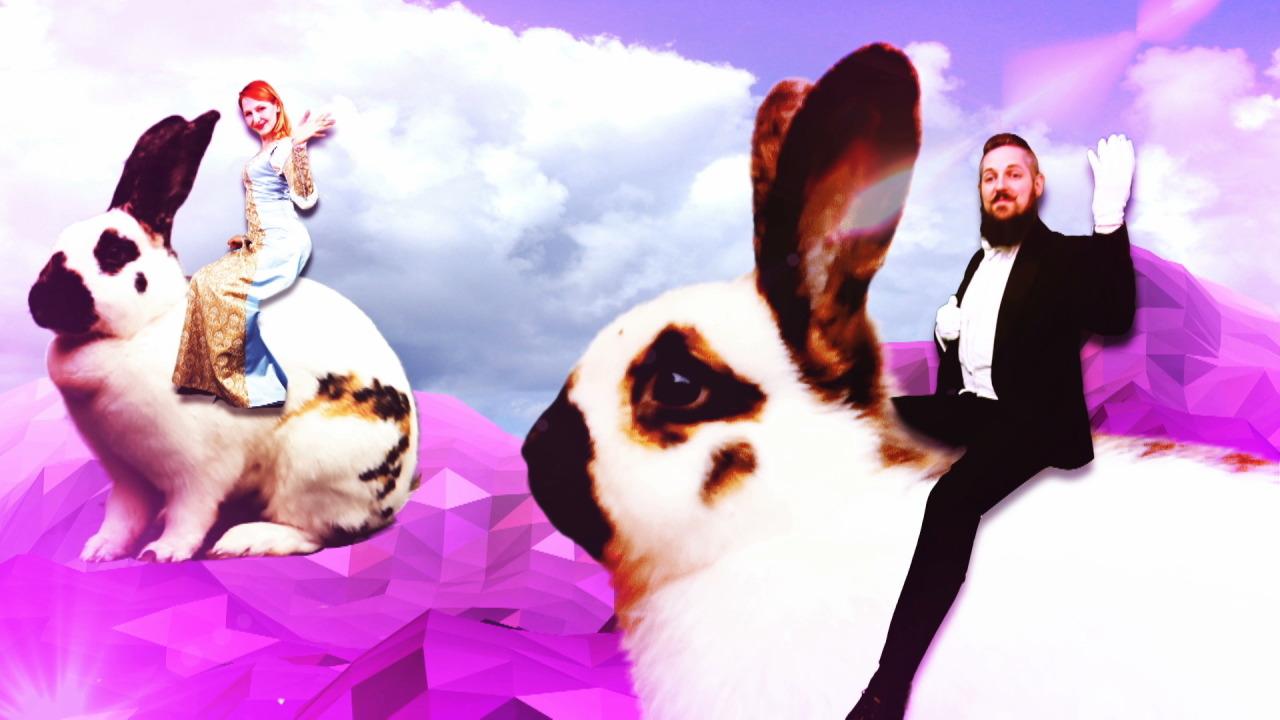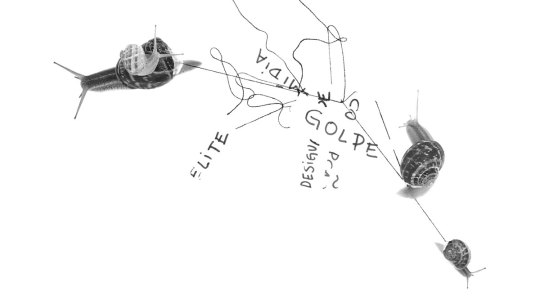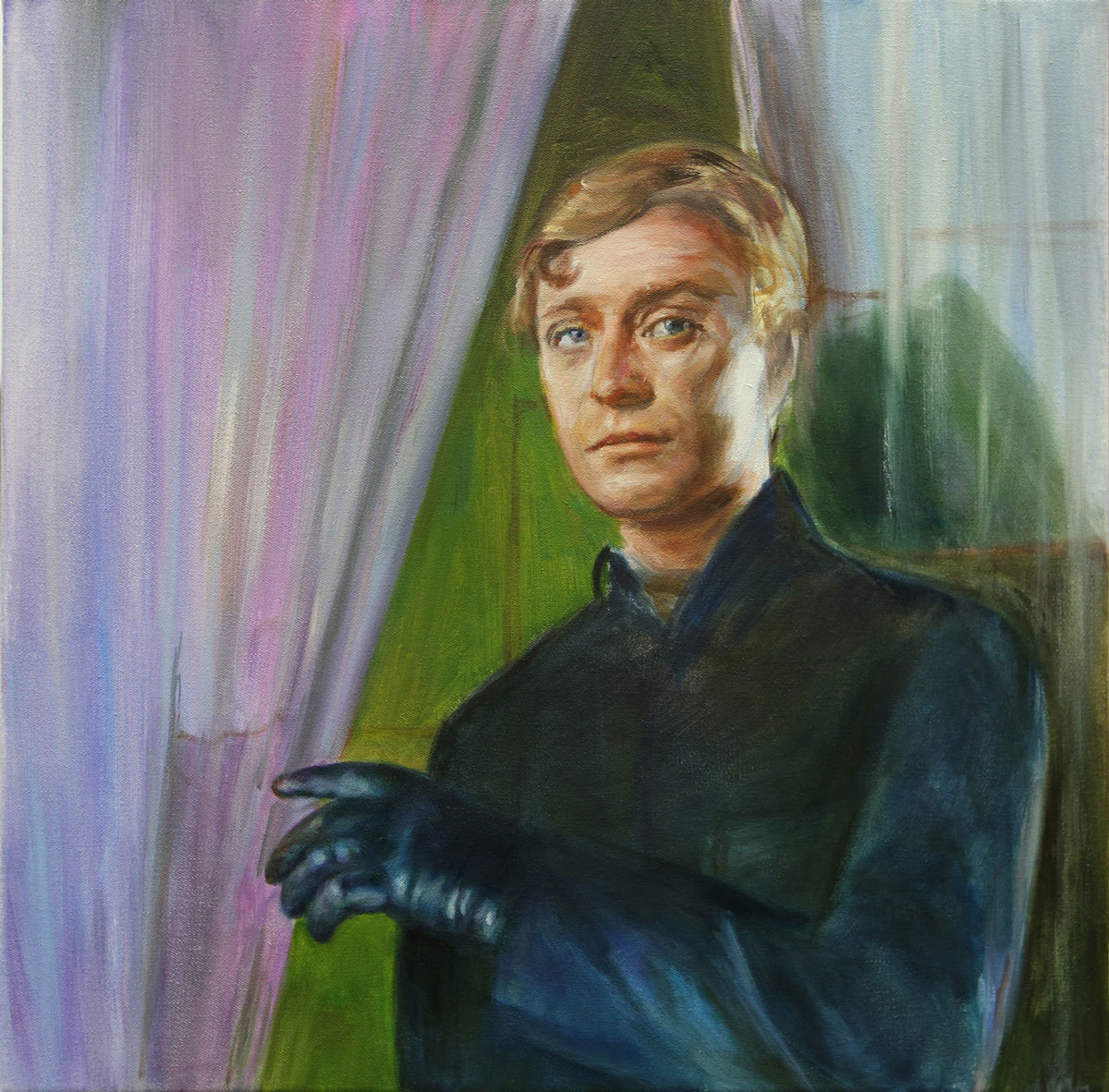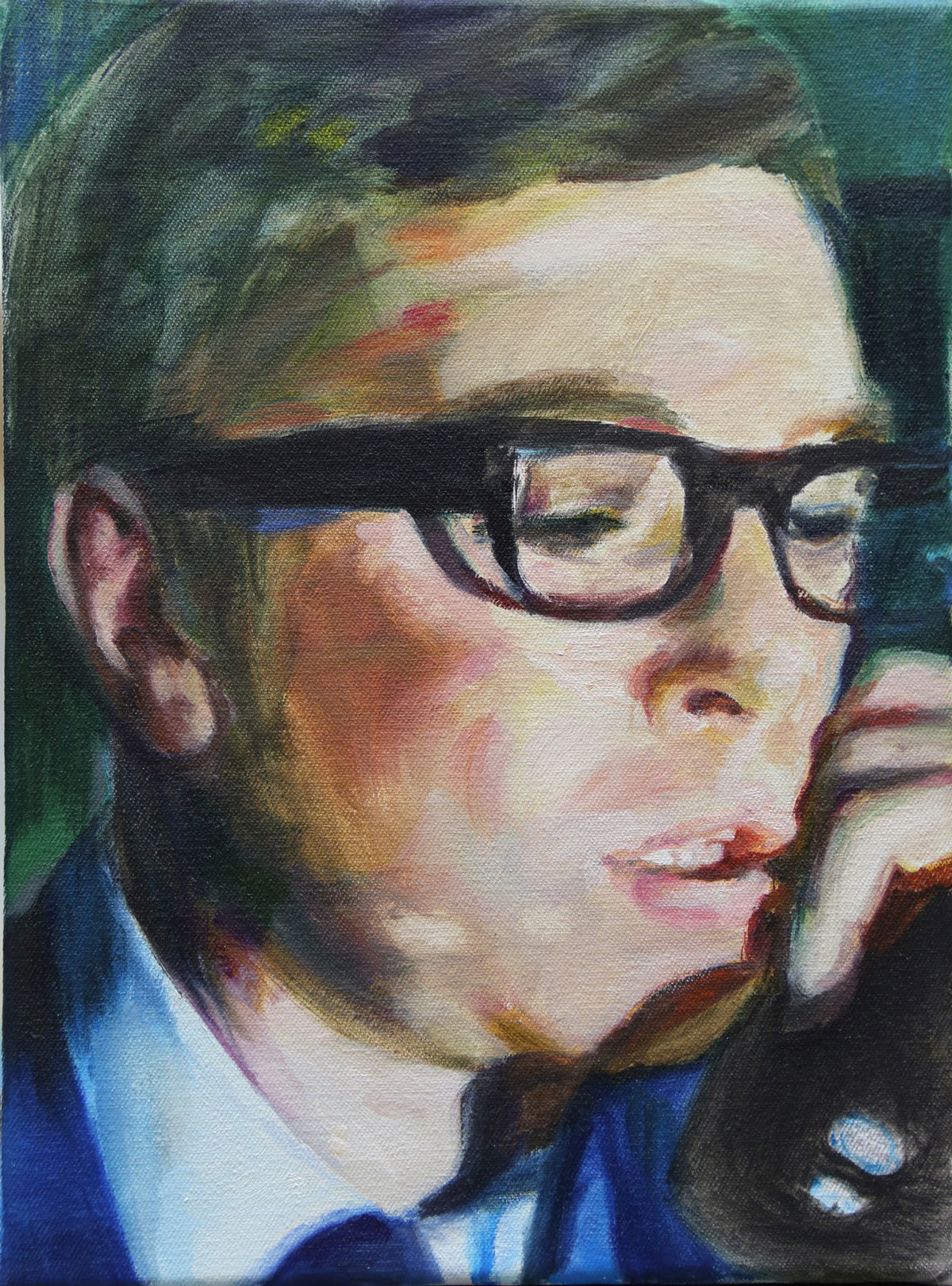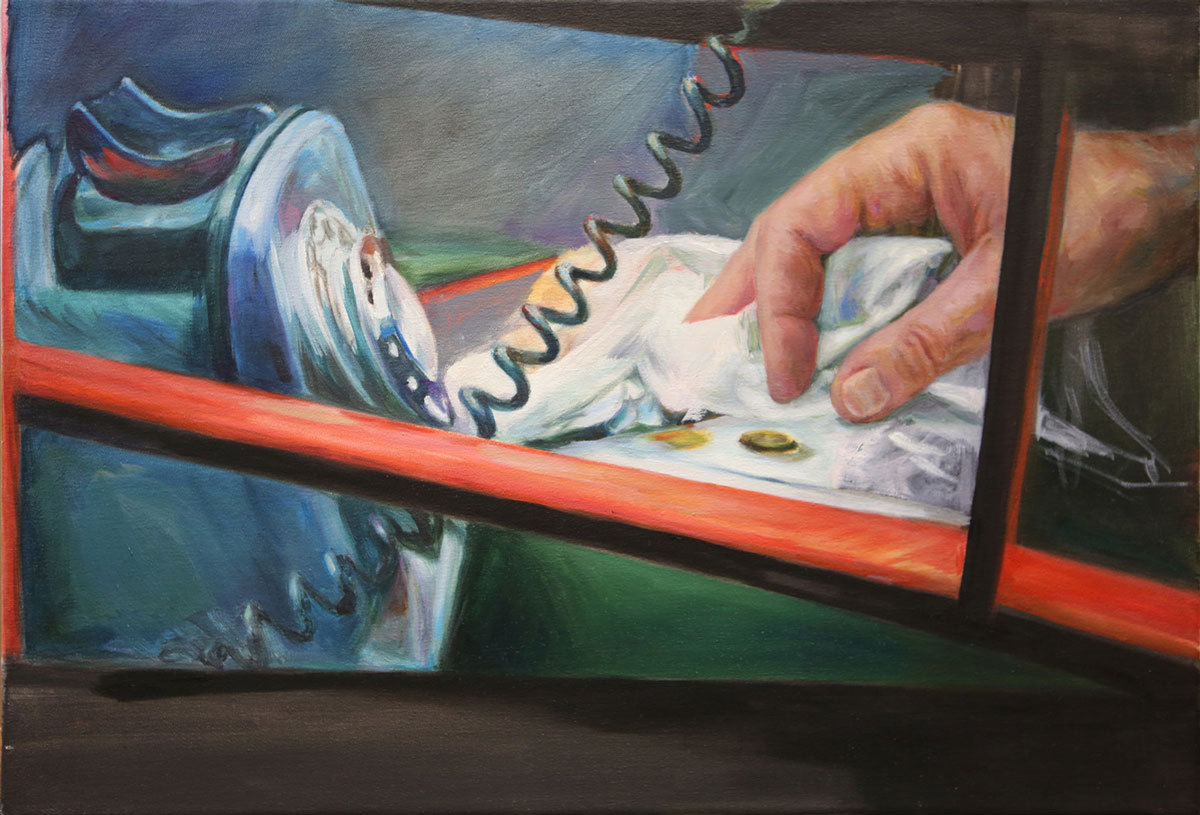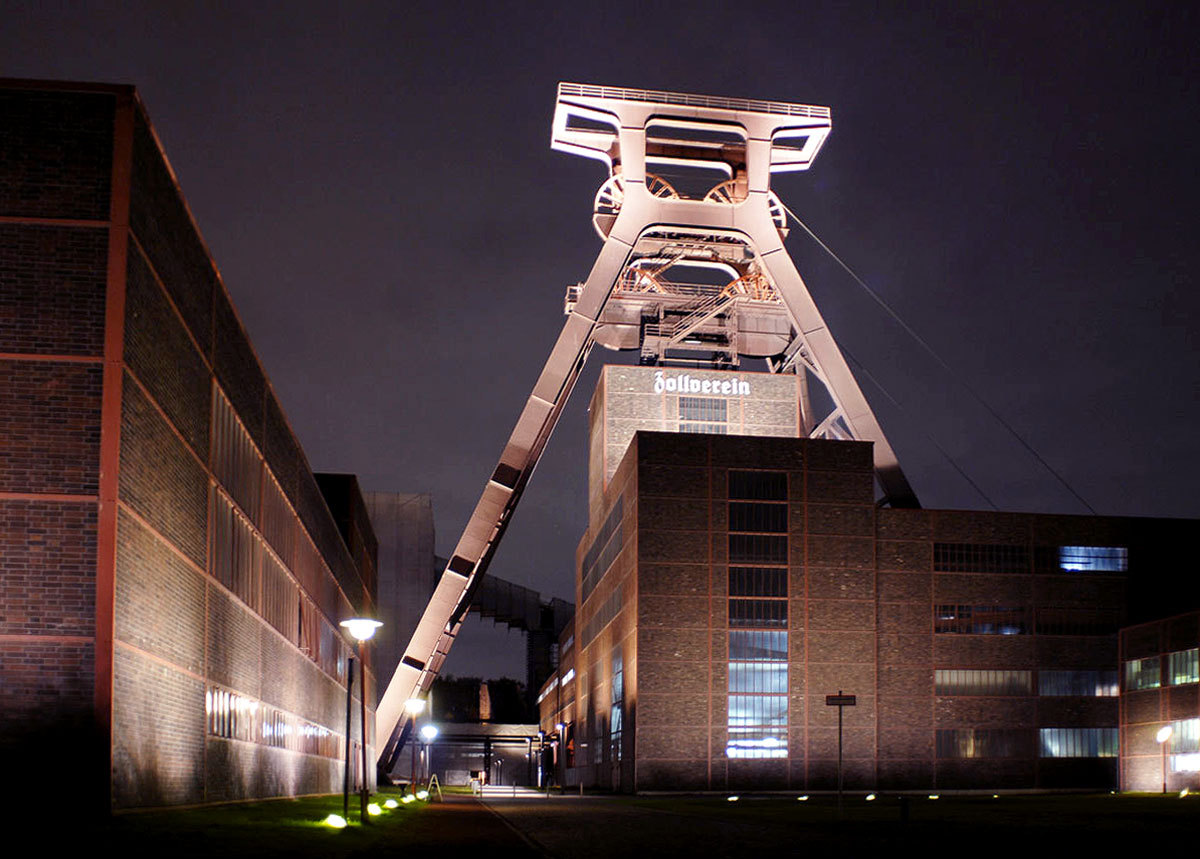
Directors Lounge heading for contemporary art ruhr, media art fair: Besides presenting installations, paintings and photography, we will be screening genre-straddling slices of cinematic art and cuts of media experimentation as part of the c.a.r. Video Lounge.
Dedicated presentations include the screening “REtreat” (RÜCKzug), new experimental shorts created and produced in the context of the medienwerkstatt Berlin, an artist-run project of the BBK Berlin offering production facilities for media artists, and a fresh selection of video art curated by Michael Murnau and Annalisa Cosentino from Delete TV. Delete TV is an independent platform for video art and experimental films. It investigates the captivating nature of images with the specific aim of looking up to new approaches by taking distance from the conventional film making method. The platform opens a window to the world of art and offers strong, wild and uncensored works from upcoming artists and filmmakers.
And as a final bit of dazzle, Directors Lounge presents, in collaboration with the Leo Kuelbs Collection, tidbits from the Mitte Media Festival in Berlin.
Meet us at World Heritage Site Zollverein, (a former Coal Mine Industrial Complex) centre of the creative industry in the Ruhr area.
Find us in Areal C [Kokerei].

with works by Giorgos Efthimiou (Greece), Emmanuelle Negre, Jil Guyon (United States), Joe Pisciotta, Luka Fisher (United States), Mabby Alam (United Kingdom), Maxime Contour (France), Natalia Alfutova (Russian Federation), Neil Needleman (United States), Paulina Rutman (Chile), Sian Fann (United Kingdom) Tara Nelson (United States), Tina Willgren (Sweden), Dan Inglis (New Zealand), Ying-Fang Shen (Taiwan), John T. Williams (USA), Michael Woods (USA) see full program here
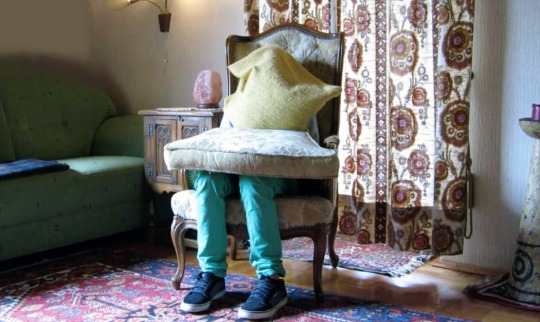
with works by Alisa Javits, Anne-May Fossnes, Barbara Deblitz, Betty Böhm, Christa Biedermann, Daniela Butsch, Darko Aleksovski, Elisabeth Molin, Fellipe Sperk (FELL), Florian Bielefeldt (The Fortunists), Francesco Pace (Tellurico), Gabriele Stellbaum, Gaby Schulze, Hara Shin, Heike Hamann, Helen Anna Flanagan, Herbert Liffers, Insa Langhorst, Jakobine Engel, Karen Thastum (TURA YA MOYA), Laurent Bébin (CARBON CREAM), Lina Walde, Lotte van der Woude, Maria Felix Korporal, Mariel Gottwick, Marissa Rae Niederhauser, Ottjörg A.C., Petra Lottje, Regina Liedtke, Rosanna Chizhova, Sandra Becker 01 Sandra Riche, Simone Häckel, Una Quigley, Verena Kyselka.more info here
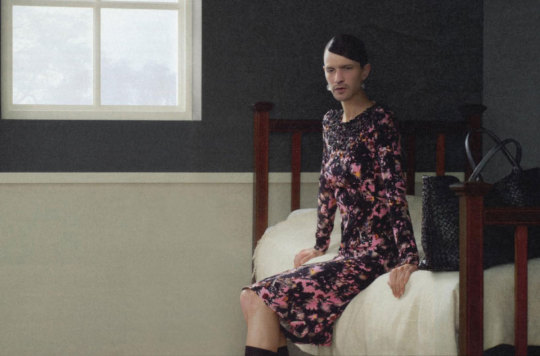
Mitte Media Festival
Directors Lounge presents together with the Leo Kuelbs Collection, selected works from the Mitte Media Festival in Berlin. Videos by Matl Findel, Tomas Draschan, Franz Reimer, Kristina Paustian and Christopher Winter. read more
supported by


Artists attending
Visuman (read more), Julia Murakami, André Werner.
Next to installations, photography and paintings, we will show Visuman’s video works in collaboration with André Chi Sing Yuen, respectively Marcel Munte, and silent single channel loops (more) including a restored version of the legendary “Kleine Lobhudelei auf den Monitor” (Little Flattering of the Monitor), 1990 by Cosima Reif, and moving images by Matl Findel and André Werner.
World Cultural Heritage Site Zollverein
Areal C [Kokerei], Kokereiallee 71, 45141 Essen
Official Opening
Friday, May 12, 8 pm
Public fair hours
Saturday, May 13, 11 am – 7 pm
Sunday, May 14, 11 am – 7 pm
Special thanks to
www.enjoy-lichttechnik.de
_________________
pictured: Zeche Zollverein, DL; Delete TV with “Nefarious” by Joe Pisciotta; film still by Simone Häckel; Matl Findel “Wann fahren wir zur See?”,“Untitled” (Bass, nude) by Andre Werner



